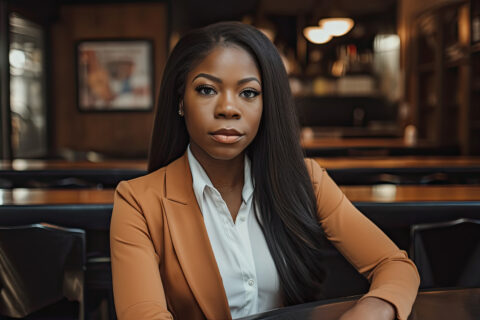When creating products, it’s important to be fully aware about the kind of status your customers are trying to achieve. What is the symbol that they associate with knowing that they’ve made it? What are their pain points and ultimate desires? Understand your consumer. Become their idea of success.
Once you’ve accomplished this through focused branding and marketing efforts you’ll need to meet them where they are.
This can be accomplished in several ways, but one popular way is through the hero narrative, the origin story. You have been where they have been, crossed over to where they want to be and know how to take them there. Most importantly — you can come back for them. Your business, products and services are the vessel.
If you cannot come back or don’t want to, in a consumers mind you’ve sold out. Which is fine, but you’ll lose your cool.
Brands that are identified as cool are not meeting consumers midway. The halfway point between superior and normal is not cool. You’ve already made it – remember? The ideal position to be in is simultaneously in two worlds.
Cool Status, Leadership and Idiosyncratic Credits
Cool is a status that your public must assign to your company. You can’t simply say “we’re a cool company.” That is decidedly uncool and appears rather desperate. Others – your social media fans, customers, objective onlookers – must call you cool. When they do, it’s a subtle yet enormously effective endorsement.
Once you start building a cool brand, you may find that you have access to something that most businesses don’t – an idiosyncratic credit.
In transactional leadership theory, Hollander’s Idiosyncratic Credit Model relates to followers evaluations of a leader’s legitimacy. Leaders earn credits that allow them to innovate, that is, to act in ways or suggest strategies that deviate from traditional approaches of the group or behave idiosyncratically. Hollander suggests that leadership is a process of give-and-take, in which the leader’s ability to influence is based on a legitimacy that flows from followers. Followers are the leader’s most important strategic audience, determining the leader’s latitude to act.
This social “allowance for leeway” gives your brand the ability to innovate and push norms without facing the same ostracism that another “uncool” company would have to deal with.
© YFS Magazine. All Rights Reserved. Copying prohibited. All material is protected by U.S. and international copyright laws. Unauthorized reproduction or distribution of this material is prohibited. Sharing of this material under Attribution-NonCommercial-NoDerivatives 4.0 International terms, listed here, is permitted.













